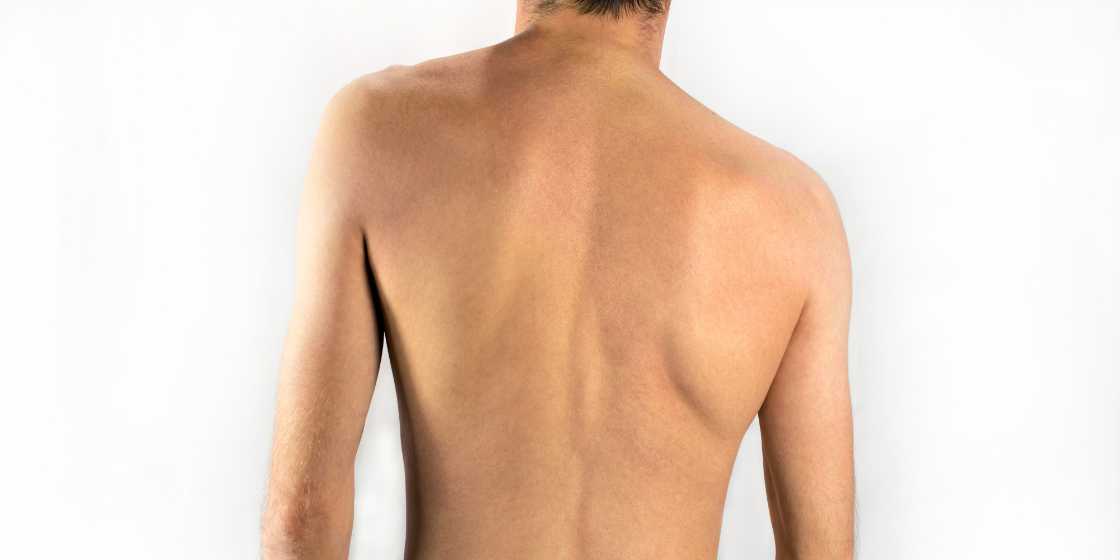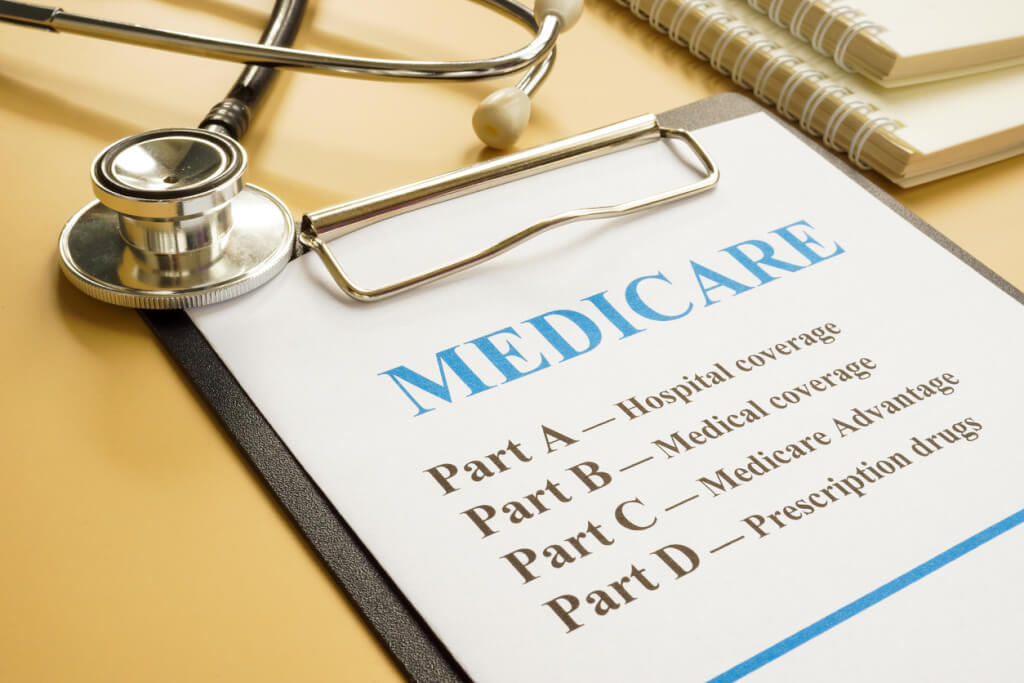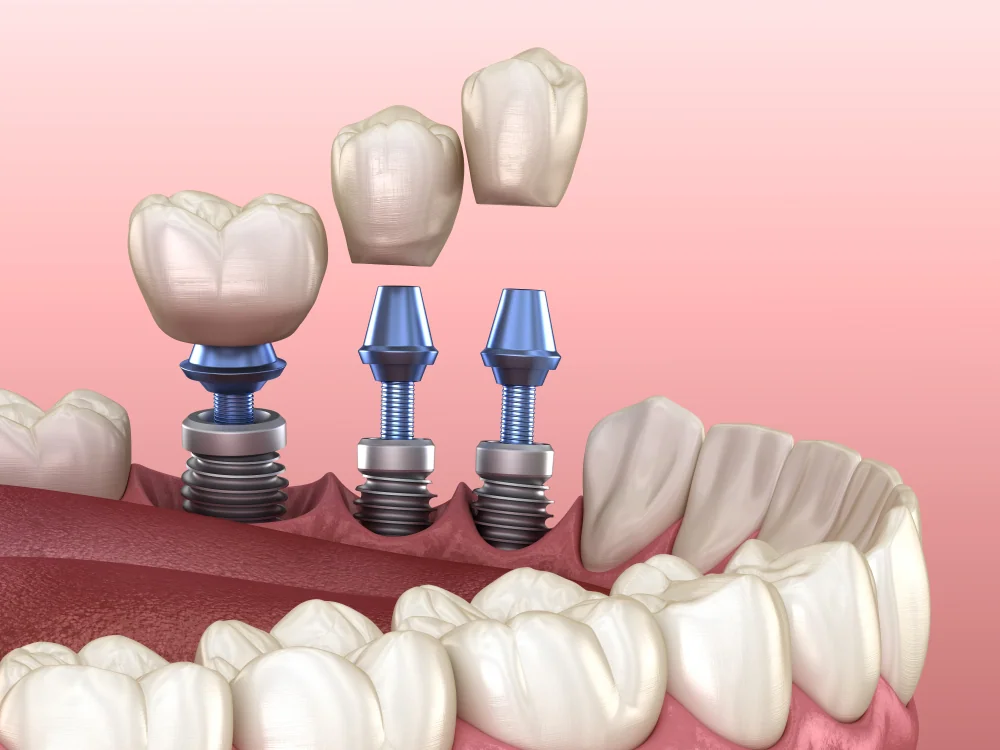Scoliosis: Symptoms, Causes, and Available Treatments
- Posted on Nov. 7, 2023
- Health
- Views 80
Scoliosis is a recognized and relatively standard spine disease that is characterized by an abnormal, lateral, or sideways curvature of the spine. When observed, this curvature frequently takes the shape of a “C” or sometimes an “S”, varying in its degree from mild to severe. So, when we talk about these bends in the spine, it's not just like a simple curve on a piece of paper. It's more 3D than that.
Read More

So, the reasons why someone might get that bendy spine thing, scoliosis, are kinda different for everyone. Some folks might have it in their genes, while others could get it 'cause of stuff around them. And you know what's wild? This can show up anywhere on the backbone. It can be at the very top part, the middle bit, or even down at the bottom.
Types and Causes:
- Adolescent idiopathic scoliosis (AIS): This accounts for about 80% of all cases and surfaces around puberty. The exact cause is unknown, but genetics may play a role.
- Early onset scoliosis (EOS): Occurs in children under 3 and includes:
- Congenital scoliosis: Present from birth due to developmental issues.
- Neuromuscular scoliosis: Stemming from conditions like cerebral palsy and spina bifida.
Symptoms:
Scoliosis often presents itself with a range of symptoms that vary in intensity. Initial early signs can be subtle and may include skeletal asymmetry, which can manifest as uneven shoulders or hips, making clothing fit awkwardly, or causing a slight imbalance. As the condition progresses, patients might experience physical discomforts such as pain, especially after prolonged activity or inactivity. Moreover, they might exhibit altered walking patterns, a limited range of motion, and increased fatigue after daily tasks. The psychological impacts cannot be overlooked either, as many individuals, particularly adolescents, might grapple with self-esteem issues due to the visible curvature.
Diagnosis:
Identifying and diagnosing scoliosis is a multi-step process. Initially, a preliminary diagnosis might be made through a comprehensive physical exam that checks for any visual indications of spine curvature. To confirm the diagnosis and assess the degree and location of the curvature, X-rays are commonly employed. For more intricate details, advanced imaging techniques such as CT scans or MRIs might be used.
Measuring Curves:
In the world of scoliosis treatment and diagnosis, the measurement of spinal curvature is pivotal. The Cobb angle stands as the primary metric for this purpose. By examining an X-ray, specialists use the Cobb angle to gauge the degree or severity of the spinal curve. But simply knowing the current degree of curvature isn't always enough. Predicting the potential back pain treatment of the curve as the individual grows is vital, especially in younger patients.
Treatment:
The goals are functional and aesthetic. Depending on the severity and type, treatments range from observation to physical therapy, bracing, and in severe cases, surgery.
Bracing: 2%-3% of scoliosis patients may need a brace during their growth phase to prevent worsening curvature. Braces can be full-time or nighttime:
- Full-time: Boston Brace is popular, worn throughout the day.
- Nighttime: Charleston Bending Brace or Providence Brace, worn during sleep.
- Surgery: In extreme cases, surgical intervention might be necessary:
Spinal Fusion: The most common, this process fuses the curved vertebrae, held by screws and rods, to correct and stabilize the spine.
Vertebral Body Tethering (VBT): An alternative to fusion, VBT corrects the spine while allowing motion.
MAGEC Growing Rods: For early onset scoliosis, these rods adjust as the child grows.
Post-surgery, advancements have led to quicker recovery. The shift from a mix of screws and hooks to pedicle screws alone has improved outcomes and reduced complications.
Mental Health Considerations:
Okay, so here's the thing. If you've got health issues like that curvy spine thing, scoliosis, it doesn't just hurt your back. It can mess with your feelings too. Like, some folks with it feel bad about how they look or don't like their body. This doc, Dr. Rathjen, said that how you're feeling inside can change how you see things and how well you get better.
In conclusion, while scoliosis affects a small percentage of the population, its impact can be profound. Early detection and tailored treatment are crucial. With advancements in medical science and a holistic approach considering both physical and emotional well-being, many patients lead fulfilling, unrestricted lives.


